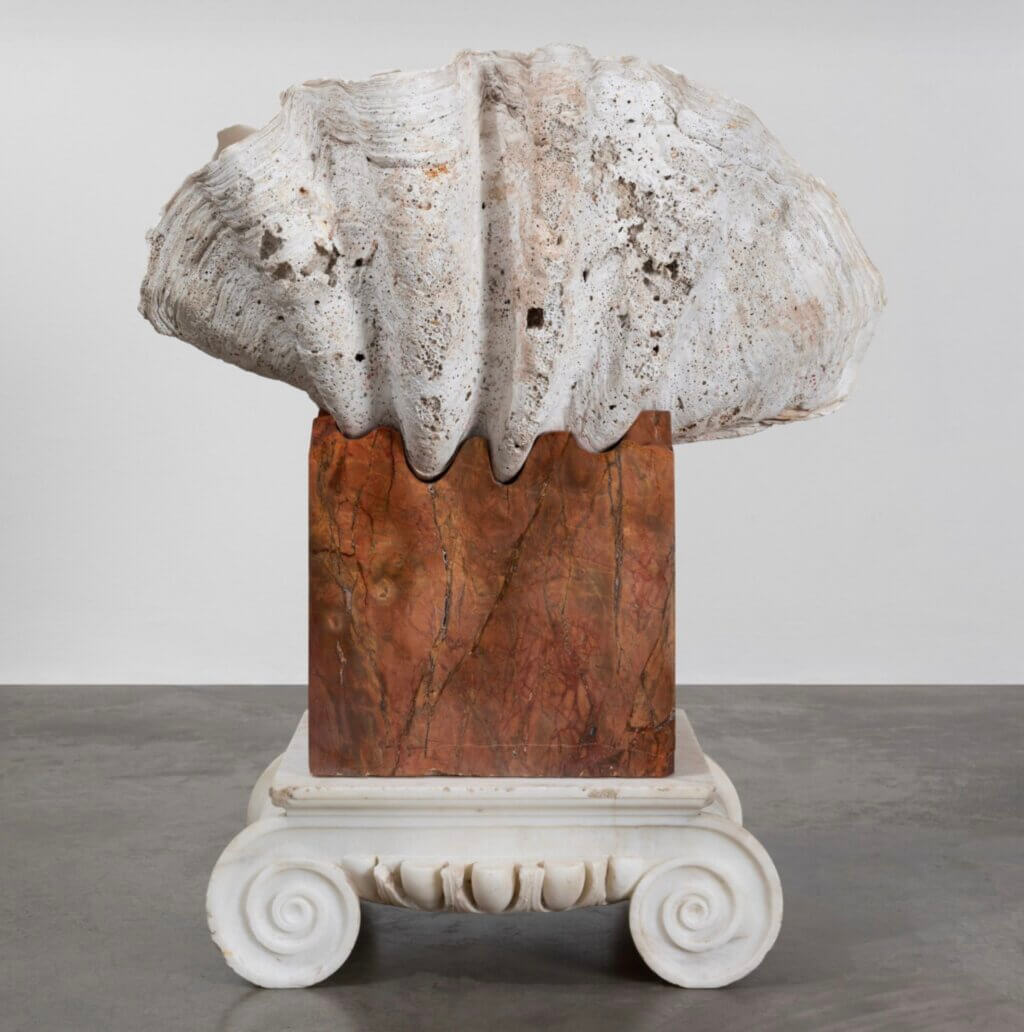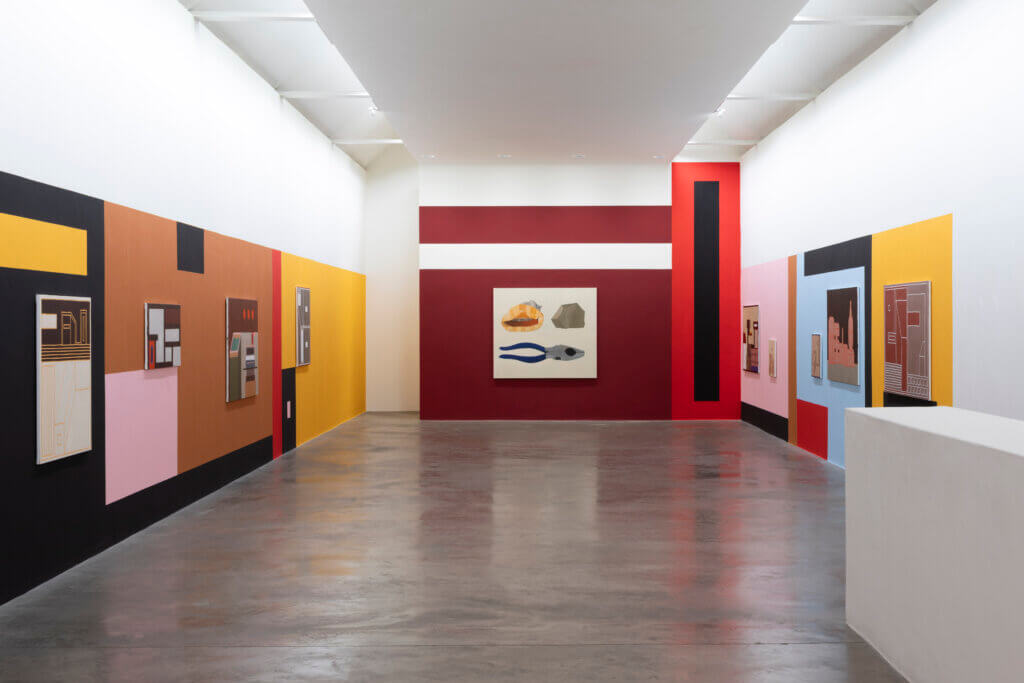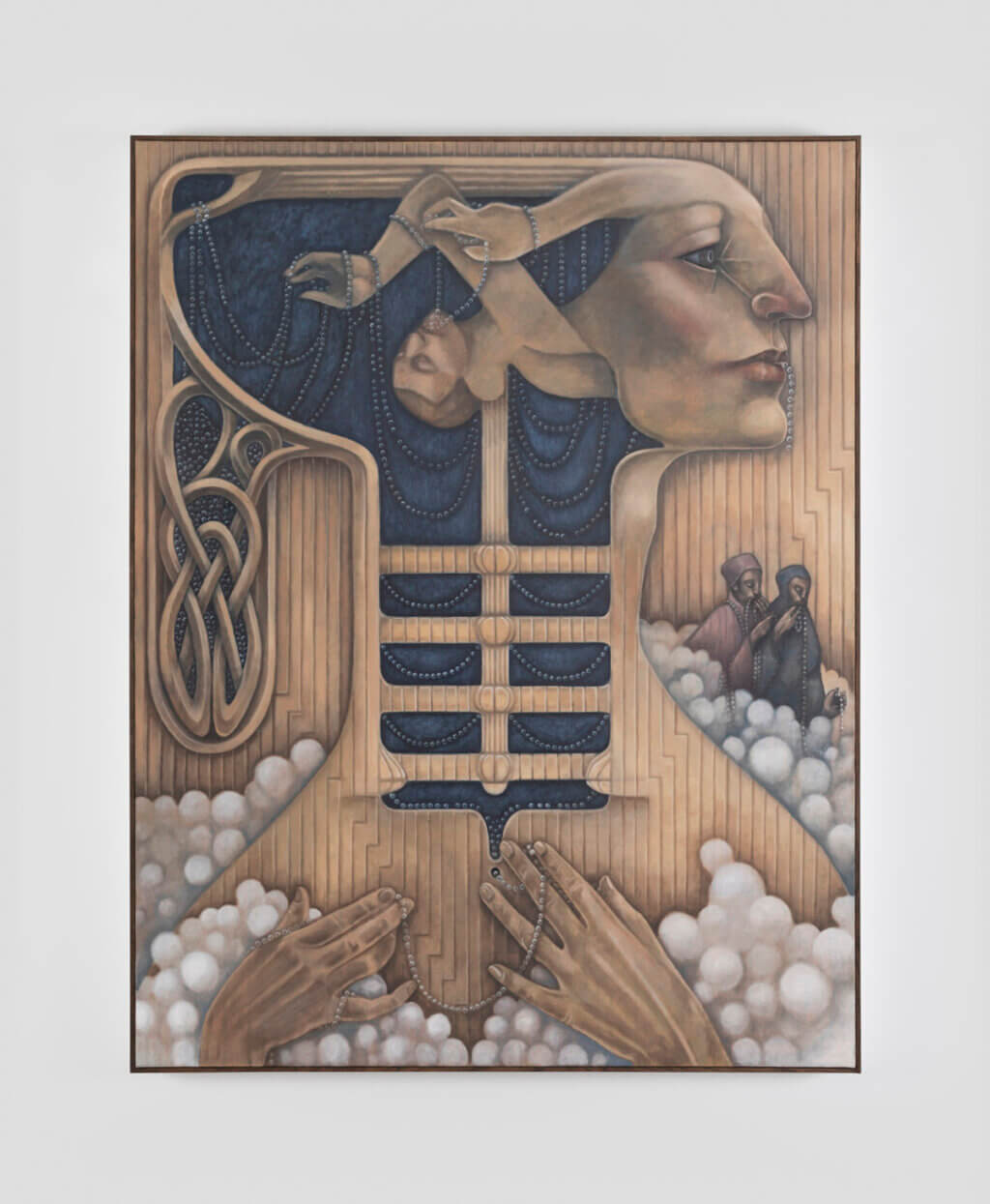
Dorothy Cross, Clam
Kerlin Gallery
24th May 2024 – Exhibition
EXHIBITION: Dorothy Cross – Veins of OtherKerlin Gallery presents ‘Veins of Other’, an exhibition of new work by Dorothy Cross.
FROM
24th May 2024—6th July 2024
LOCATION
Kerlin Gallery, Anne's Lane, Dublin 2, Ireland
The artist’s tenth show at Kerlin Gallery, ‘Veins of Other’ premieres ‘Tread’, an ambitious installation of 12 hand-carved marble sculptures, and ‘Bloodlines’, arresting new works combining the artist’s personal archive photography with hand-poured stained glass.
Tread
At the heart of the exhibition is an ambitious new sculptural installation titled ‘Tread’, in which human feet are hand-carved into twelve different coloured marbles from locations worldwide. Formed by dramatic shifts in heat and pressure, each stone tells the material history of its geographic terrain through distinct surface textures and hues, from the pure white of Carrara Statuario to deep Travertine Red or Chinese Green. Emerging from each stone like fossils, the carved feet appear as proof of existence, a trace left after the passing step of a human. Coming together as a group of twelve, a number with great significance as a marker of time, they appear like a summoning from deep in the past, a polyphonic history of the earth and a reflection on the place of human beings within this vast chronicle.
“This is the wonder of Dorothy Cross, that she is modern, accessible, and a touchstone to prehistoric times” – Edna O’Brien
Bloodlines
‘Veins of Other’ also presents Cross’s new ‘Bloodlines’ series, unique works layering photographs from the artist’s personal archive with hand-poured red veined glass. Taken by Cross’s father, the antique photographs reveal an inherited fascination with the sea, capturing the Fastnet lighthouse from the deck of a boat, or the lightship once used to mark the position of Daunt Rock. In one diptych, the artist’s mother and father look outwards through binoculars and windows, their vistas obscured by blood-red streaks of glass, swirling patterns that recall the strata of rocks. A series of moments preserved in time, ‘Bloodlines’ places the fragility of human life in contrast with the vast and enduring power of nature and time.
Clam
The elemental forms of nature, art and architecture come into a striking composition in ‘Clam’, in which the bones of a giant clam sit upon a block of Damascus rose marble and the capital of an antique column. Carrara marble was formed millions of years ago by the compression of the sea bed, containing sea creatures. Here, the clam shell’s undulating form is mirrored by the capital’s Ionic motifs and the fleshy pink marble, hand-carved to yield to its shape. ‘Clam’ finds a continuity between the language of classicism, the materials of our built environment, and the majestic sculptural forms created by nature.
“All works attempt to make sacred… Life and work are inextricable, both being an attempt to sing in outer space, knowing one can only imagine the sound” — Dorothy Cross


















